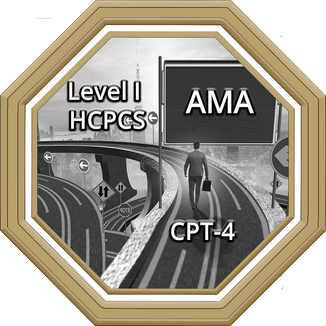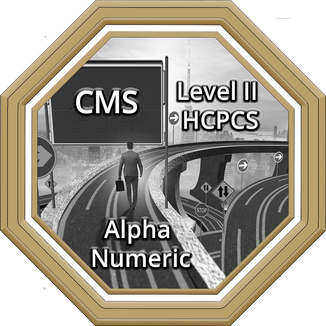WHG Helps Clients Develop Targeted HCPCS Level I (CPT) and Level II Coding Strategies and Execute HCPCS Coding Application Processes to Maximize Stakeholder Value
HCPCS level I or HCPCS Level II Coding Pathways? - Not Always Clear Cut!
The Healthcare Common Procedure Coding System (HCPCS) is divided into two principal subsystems, referred to as Level I and Level II of the HCPCS.
- Level I - CPT-4 codes are maintained by the AMA (physician procedure codes)
- Level II - Alpha Numeric codes are maintained by CMS (Ambulance services, non-self administered drugs, practitioner procedures not included in CPT, DME, prosthetics, orthotics and supplies)
|
|
Critical to HCPCS Coding Success - Prior to Submitting HCPCS Applications
|
Critical to HCPCS Coding Success - Submitting the Actual HCPCS Application
- Level I (AMA - CPT) and Level II (CMS - Alpha Numeric) HCPCS coding applications and processes are significantly different and require expertise to help avoid rejections and/or delays.
- Both coding applications are time sensitive, rigid and require pre-work with the appropriate AMA or CMS committees to help avoid rejections and/or miss categorized benefits, coding, coverage and payment decisions.
- Good science and the ability to articulate and demonstrate cost effective clinical outcomes is a critical component to achieving a successful HCPCS coding, coverage and payment result.
Why Choose Wells Health Group
- WHG understands the nuances of the complex HCPCS Level I and Level II coding pathways.
- WHG provides strategy analytics and reimbursement pathways based on our real-life successful HCPCS coding track record.
- WHG is strategically located on Pennsylvania Avenue between the Capitol and the White House and just six blocks from the main HHS building. Because of our location, WHG has been able, pre-pandemic, to more readily access face-to-face meetings at multiple levels of the HHS Agencies and on Capitol Hill.
- WHG is a known entity because of previous years Washington D.C. presence, participating in face-to-face meetings at multiple levels of the HHS Agencies. As a known entity WHG knows how to leverage virtual access to key decision-makers at the HHS Agencies.
- WHG is a member of the HCPCS Coding Reform Alliance. The Alliance is advocating for transparency, and separation of the coverage and coding process, among other problematic issues.
- Deb Wells has been recognized for her participation in the CMS HCPCS New Coding Application Beta testing and the HCPCS Coding Reform Alliance.



